
Dentistry & Oral Surgery
The importance of Dentistry & Oral Surgery
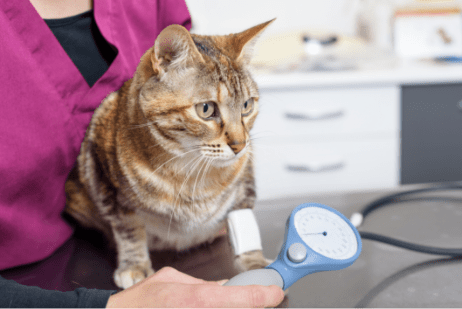
Why is veterinary dentistry so important? Most of us had pets growing up that received very little attention to their oral health, so why is veterinary dentistry so important all of a sudden?
Our companion animals are stoic creatures; as such, those with significant oral disease will continue to eat, will appear happy to their family, and they will not complain nor cry. Even in the face of severe and painful oral conditions, our beloved animals will hide their discomfort from their owners. Subtle signs can include preference for soft food, chewing on one side of the mouth, swallowing food without chewing, foul breath, changes in grooming behaviour, and a quiet demeanor (which is often misinterpreted as aging).
With time, the veterinary profession has become more aware of the very high prevalence of unrecognized disease within the mouth. Therefore, we have also placed more emphasis on preventative and interventional treatments to ensure that we are maintaining the oral health of our beloved animals.
It is often stated that by 2 years of age, 80% of dogs and 70% of cats have some form of periodontal disease1 Certainly this is alarming, but does not even include other very common conditions such as tooth fractures, tooth resorption, cavities, impacted (unerupted) teeth, jaw fractures, oral inflammatory conditions (stomatitis) and oral tumors.
Inflammation is a fundamental component of diseases of the oral cavity. Dr. Sauvé looks at his patients from a holistic point of view: disease of one part of the body affects other parts of the body negatively. This perspective has been shaped by the undeniable transformation in overall health he has observed in his patients following addressing their oral disease.
It is clear that no pet owner wants to leave their pet in unrecognized pain or discomfort, and Dr. Christopher Sauvé takes this personally. He has years of advanced training that has equipped him with the ability to identify subtle abnormalities, clearly communicate these concerns to the pet owner, and provide advanced treatment options that are in the best interest of the patient.
1. Wiggs RB, Lobprise HB. Periodontology. Veterinary Dentistry, Principals and Practice. Philadelphia: Lippincott – Raven, 1997, pp 186-231.
Our Team
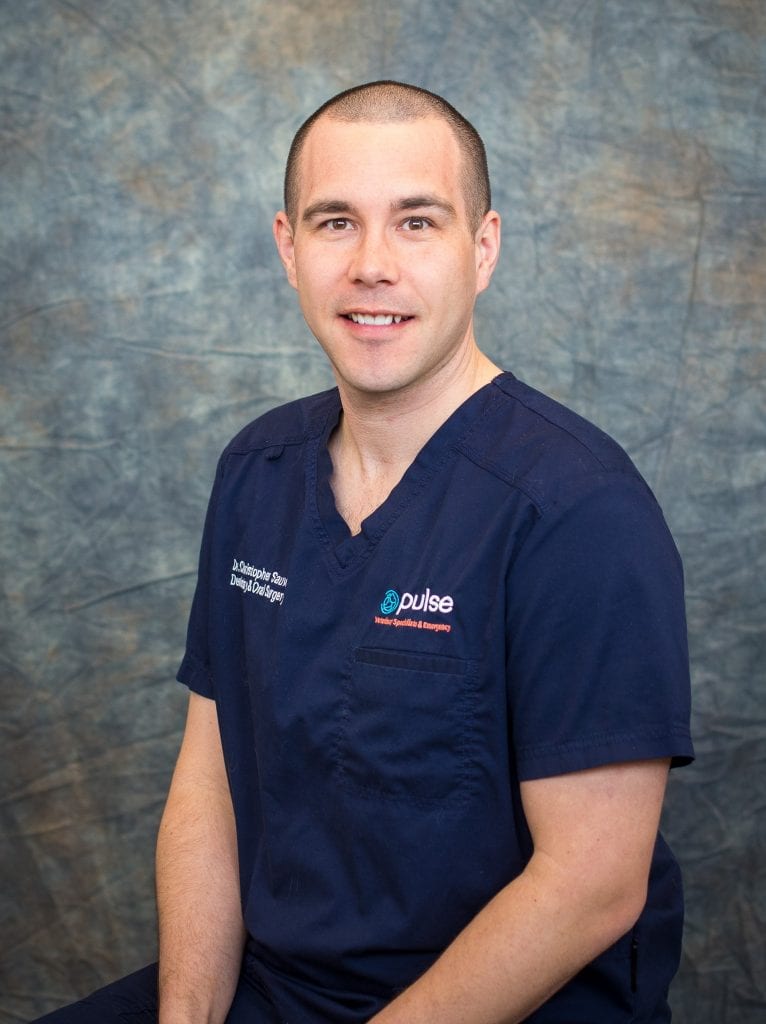
Dr. Christopher Sauvé graduated from the Western College of Veterinary Medicine in 2012. Dr. Sauvé found his passion for veterinary dentistry while he practiced both primary care and emergency medicine in Edmonton for five years. In 2019, he completed a three-year veterinary dentistry and oral surgery residency in Kansas City. He is excited to return home to the Edmonton-area to perform advanced oral procedures and help his peers improve their professional satisfaction through continued education.
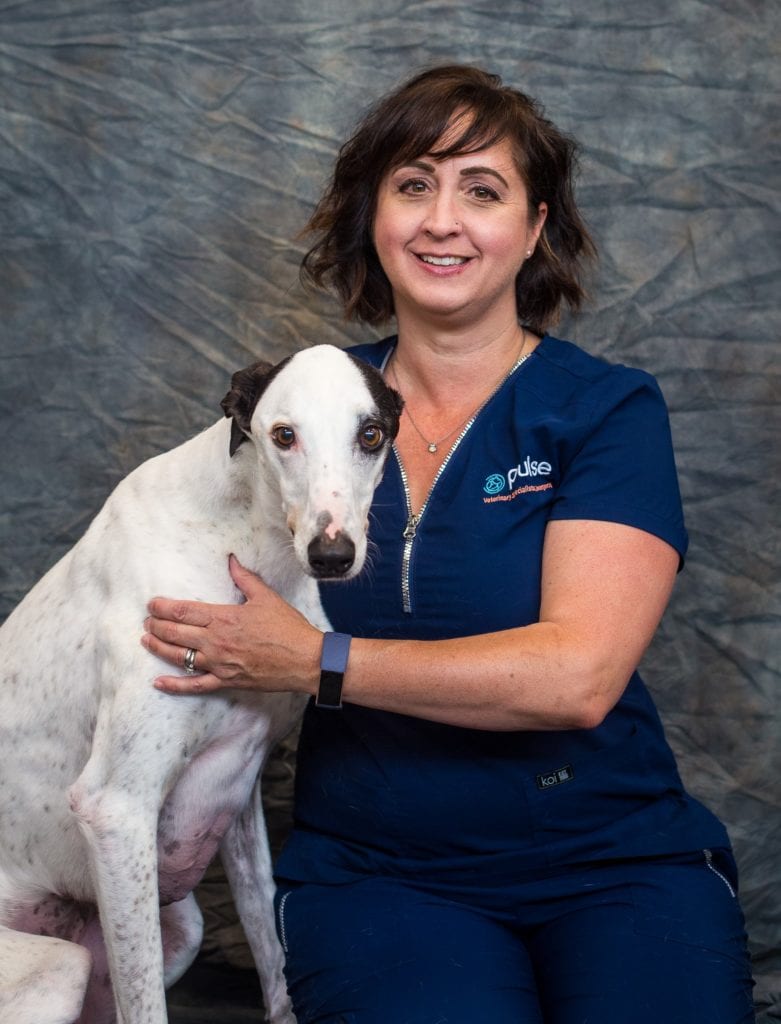
Jennifer Graduated from NAIT Animal Health Technology program in 1998. She was born and raised in Alberta. She has a high interest in dentistry and wanted to work within that field. That is what led her to Pulse Veterinary and one of our Dentistry department. When not working, Jennifer spends time with her family, cooking, and watching her daughter play soccer. Jennifer’s husband keeps her busy along with her pets Kanga, Ralph, and Betty.
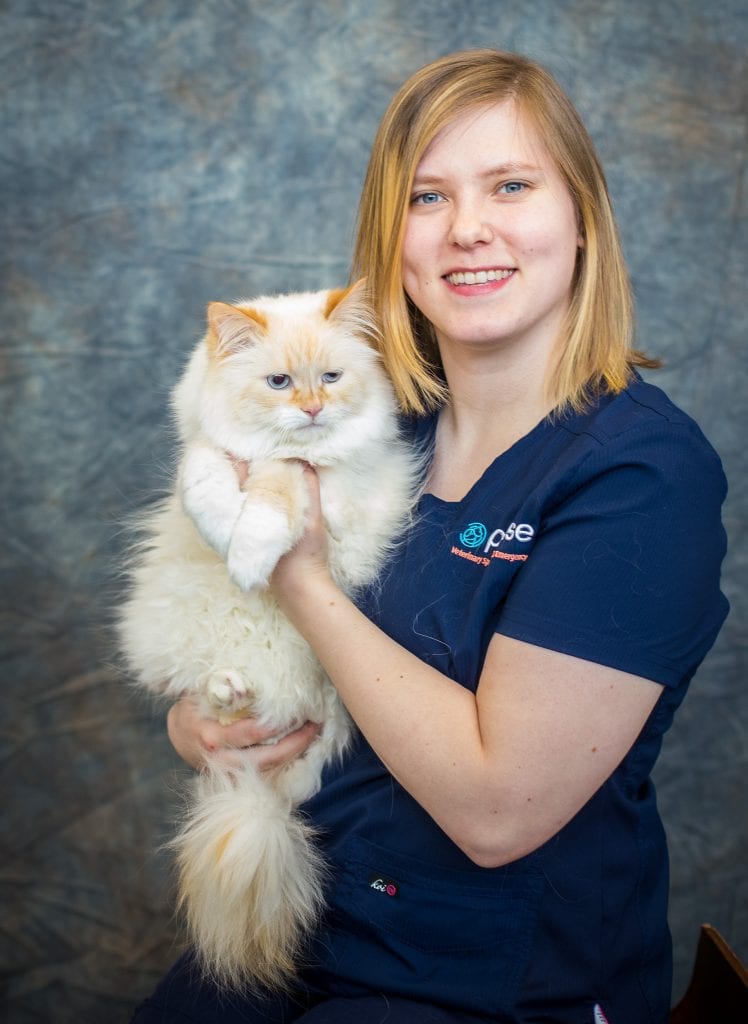
Bio to come
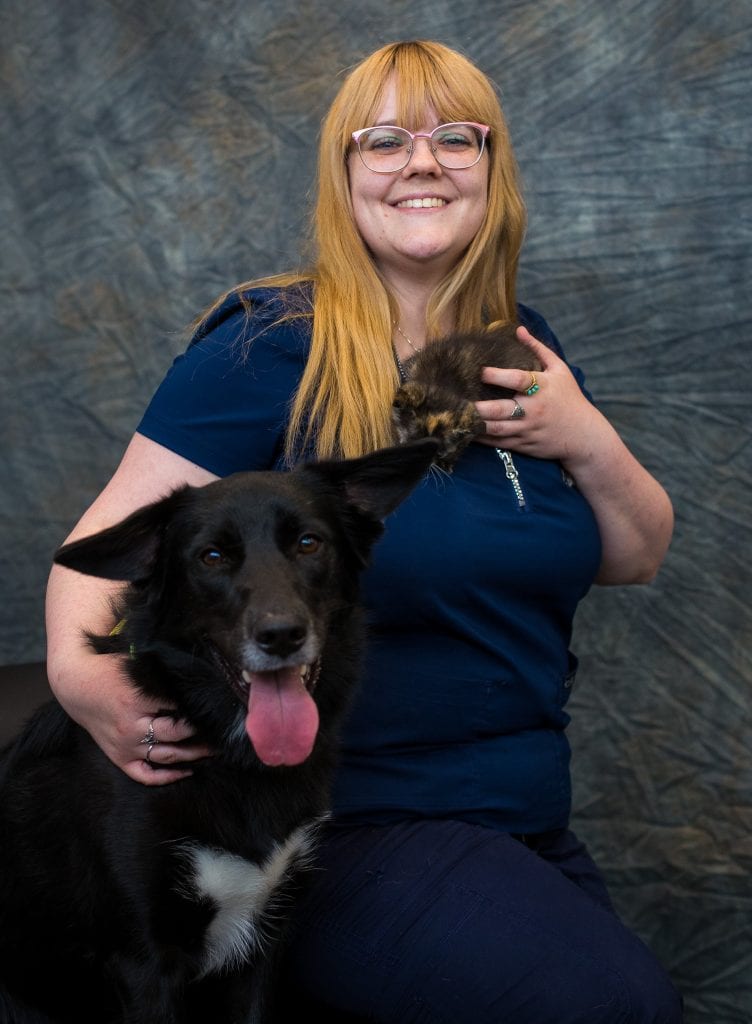
Born and raised in Alberta, Miquela has been volunteering at animal rescues and worked at a cat-only boarding kennel. She continued her career as a technician assistant and one day hopes to become an RVT. Miquela shares her home with her husband, many cats and her one dog. When not at work her favorite things to do are fostering cats in need, going to the movies, and taking her dog to the park.
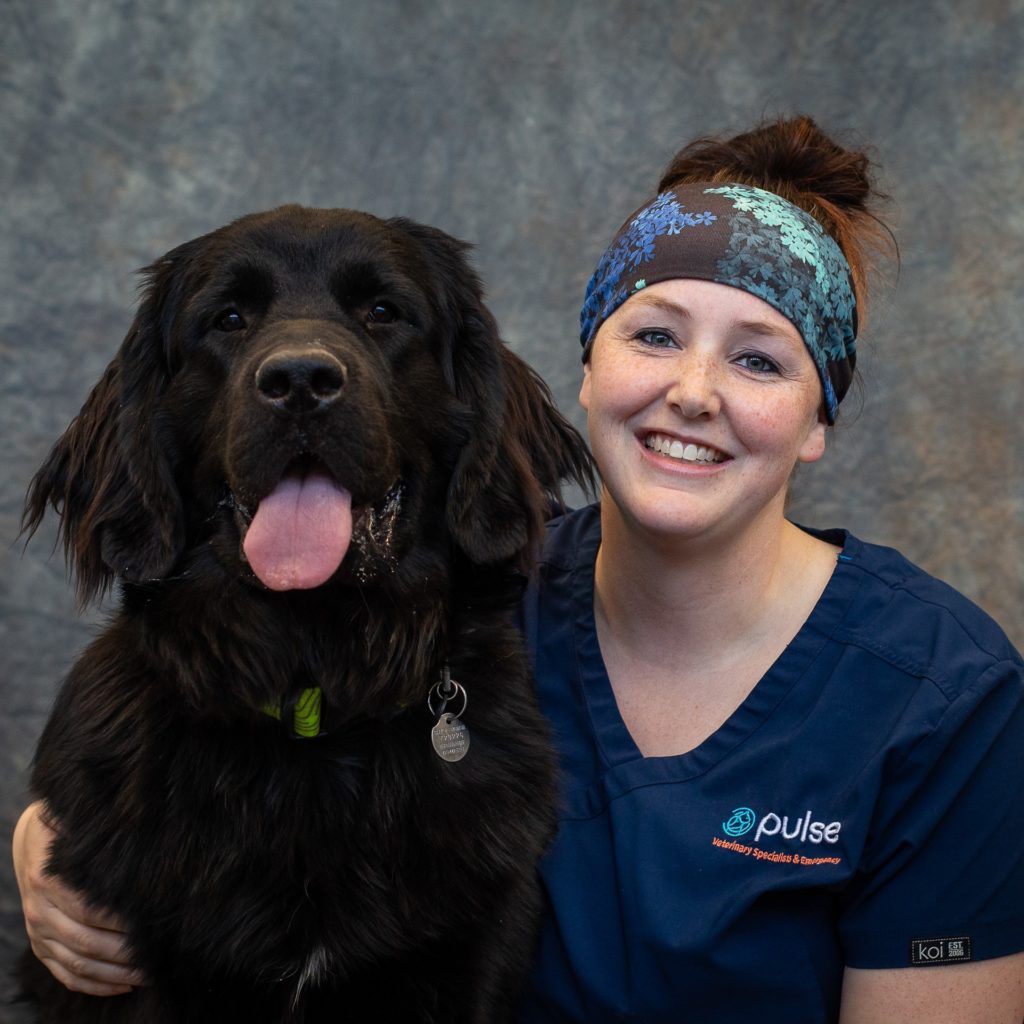
Stephanie graduated from the Animal Health Technology program at NAIT in 2013. She has worked in veterinary emergency for 7 years before moving into dentistry medicine. Stephanie shares her home with her two dogs (chocolate lab, Kitty and Newfie, Eve-E) and one cat (Stella). She has been attempting to do agility training with her Newfie during her spare time.
Dentistry & Oral Surgery Procedures And Conditions Managed at Pulse Veterinary Specialists & Emergency
The Dentistry & Oral Surgery department at Pulse Veterinary Specialists and Emergency is fully equipped to address any condition associated with the oral cavity.
What the Dentistry & Oral Surgery department is proud to offer:
Every COHAT includes a complete oral and periodontal (dental) examination, full mouth intraoral radiographs, and professional dental cleaning (cleaning above and below the gumline). This thorough evaluation provides the veterinarian the opportunity to identify and resolve any oral disease identified. It is not possible to accurately evaluate, nor complete the professional dental cleaning in a safe manner without having the patient under general anesthesia.
The Dentistry & Oral Surgery department performs surgical extractions in many circumstances to improve the overall oral and systemic health of the patient:
Clinical conditions and procedures where referral to Pulse may be considered (but not limited to):
- fractured or discolored permanent (adult) teeth
- patients with compromised systemic health requiring surgical extractions
- routine surgical extractions
- involved surgical extractions
- tooth resorption requiring surgical extraction or crown amputation and intentional root retention
- caries requiring surgical extraction
- teeth with crown-root fractures that are not salvageable with periodontal surgery
- fractured or discolored deciduous (baby) teeth
- deciduous (baby) teeth in malocclusion
The Dentistry & Oral Surgery department emphasizes that many teeth can be saved with a very reliable treatment called root canal therapy. In most circumstances, it is beneficial to the patient to perform root canal therapy opposed to extraction as it is significantly less traumatic and painful, and the patient retains the use of this functionally important tooth.
Clinical conditions and procedures where referral to Pulse may be considered (but not limited to):
- Fractured teeth
- Discolored teeth
- Some cases of malocclusion are treated with crown reduction with vital pulp therapy
- Surgical root canal
The Dentistry & Oral Surgery department performs periodontal surgery in many circumstances to improve the health of the dentition.
Clinical conditions and procedures where referral to Pulse may be considered (but not limited to):
- Crown lengthening for infraerupted teeth and fractures that extend below the gumline
- Guided tissue regeneration to improve periodontal disease
The Dentistry & Oral Surgery department performs oral surgery in many circumstances to improve the health of the dentition.
- Mandibular and maxillofacial fracture repair
- Symphyseal separation repair
- Oronasal and oroantral fistula repair
- Oral neoplasia: diagnostics, staging, and definitive resective surgery (maxillectomy and mandibulectomy)
- Pyogenic granuloma excision
- Palatal surgery (trauma and cleft palate/lip)
- Lingual and sublingual surgery
- Cyst treatment (dentigerous, radicular, lateral periodontal, canine parakeratinized cyst)
- Temporomandibular joint disease management (luxation, osteoarthritis, fracture)
- Inability to close the mouth (open mouth jaw locking)
- Inability to open the mouth (trismus)
- Facial swelling
- Management of salivary mucocele
The Dentistry & Oral Surgery department performs oral medicine on specific intraoral and extraoral disease.
- Feline chronic gingivostomatitis (also referred to as “caudal, alveolar, buccal, lingual and palatal mucositis”)
- Canine ulcerative paradental stomatitis (C.U.P.S., also referred to as “contact mucositis”)
- Eosinophilic granuloma complex
- Masticatory muscle myositis
The Dentistry & Oral Surgery department offers prosthodontic therapy when appropriate to improve long-term prognosis for dentition.
- Metal crown therapy to strengthen and protect teeth
The Dentistry & Oral Surgery department recognizes that our puppies and kittens often have unidentified oral conditions that require treatment.
Clinical conditions and procedures where referral to Pulse may be considered (but not limited to):
- Fractured or discolored deciduous (baby) teeth (if not addressed urgently, there can be consequences for the developing permanent teeth)
- Assessment and intervention of malocclusions
The Dentistry & Oral Surgery department performs assessment of malocclusions and recommends appropriate interventions to improve the overall comfort of our patients. The goal is never to achieve ideal cosmetics, but every patient deserves a pain-free and comfortable bite.
Clinical conditions and procedures where referral to Pulse may be considered (but not limited to):
- Linguoverted mandibular canines (base-narrow canine)
- Mesioverted maxillary canines (lance canines)
- Class 2 malocclusions (where the mandible is shorter than the maxilla, which commonly results in the mandibular teeth hitting the roof of the mouth)
- Class 3 malocclusion (where the mandible is longer than the maxilla, which commonly results in the maxillary teeth hitting the soft tissues of the mandible)
- Interceptive orthodontics (crowding of dentition predisposes teeth to periodontal disease, selective extractions relieving crowding can improve long-term oral health)
Frequently Asked Questions Regarding Dentistry & Oral Surgery
It is understandable that pet owners would like to know how much the procedure will be prior to the consultation.
Unfortunately, every patient has differences in systemic health, oral health, and extent of treatment needed. Therefore, each estimate is tailor-made for each patient due to their concerns and owner’s wishes.
An estimate of recommended treatment is provided to the owner following the consultation
It is understandable for pet owners to prefer that their patient does not undergo general anesthesia to perform a dentistry procedure. Unfortunately, it is not possible to accurately evaluate, nor complete the professional dental cleaning in a safe and thorough manner without having the patient under general anesthesia.
Despite advertisements promotion such, it is not possible to accurately evaluate, nor complete the professional dental cleaning in a safe and thorough manner without having the patient under general anesthesia.
- Sharp instruments are used to remove tartar from the teeth. Slight head movements can result in injury to both the patient and the operator
- It is not possible to clean below the gingival margin (gum line) without general anesthesia. Removing tartar on the visible surface provides a false sense of accomplishment and often leaves disease unidentified and untreated
- Intubation used with general anesthesia protects the airway from inhalation of tartar
- It is not possible to evaluate all areas around the tooth or take dental x-rays without general anesthesia. Inevitably, disease is often (unknowingly by the operator and the pet owner) left unidentified and untreated
There are outfits that perform “anesthesia-free dentistry” (AFD)
- It (AFD) is against “practice standards” outlined by the Alberta Veterinary Medical Association
- The American Veterinary Dental College (AVDC) has a position statement against AFD
- https://avdc.org/about/#pos-stmts
- In the United States and Canada, only licensed veterinarians can perform veterinary medicine. Non-professionals practicing veterinary medicine without a license are subject to criminal charges
Whenever a patient is placed under general anesthesia for a dental procedure, it is imperative to perform a complete and thorough oral evaluation. This includes a thorough visual, periodontal (dental) examination, and full mouth dental radiographs
Iceberg theory: the majority of the tooth structure is below the gingiva (gum line) and it is not possible to completely evaluate the tooth and overall oral health without dental radiographs
Most dentistry and oral surgery procedures do not require antibiotic therapy. The oral cavity has a rich blood supply and tends to heal well without supplemental antibiotic support
Antibiotic use can contribute to antibiotic resistant, therefore, the veterinarian is responsible to reserve its use, unless necessary.
- Each case is evaluated on a case-by-case basis based on systemic health if antibiotic therapy is appropriate
Holistic medicine is a form of healing that considers the whole patient
- Inflammation and infection within the oral cavity contributes significantly to systemic inflammation and bacteremia (bacteria in the blood)
- Removing the oral inflammation and infection with a dentistry procedure reduces systemic inflammation and bacteremia and contribute to improved overall health, demeanor and quality of life
Each insurance program has different scopes of coverage, following a consultation, we can provide an estimate to be submitted for pre-approval to your pet insurance company

